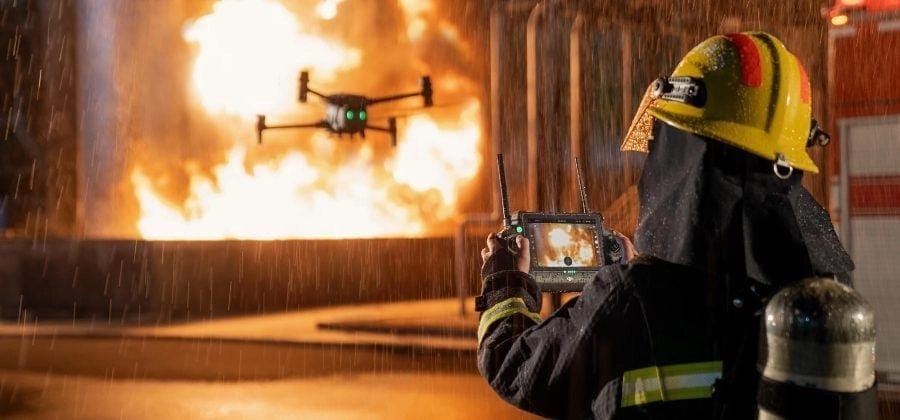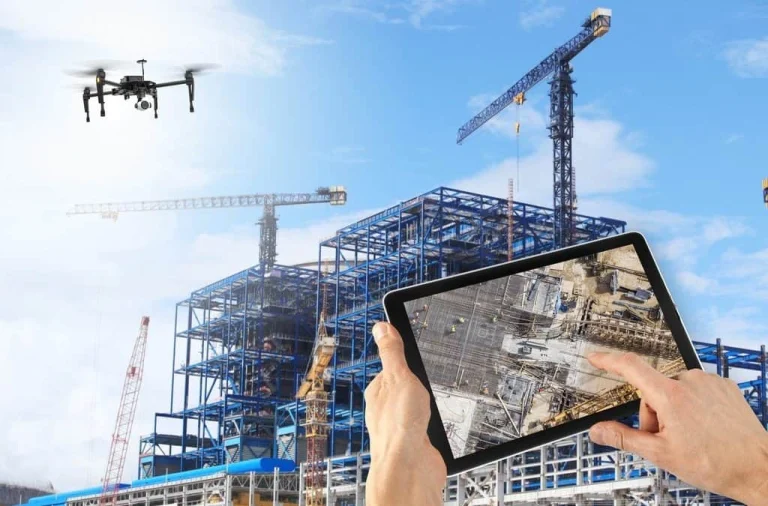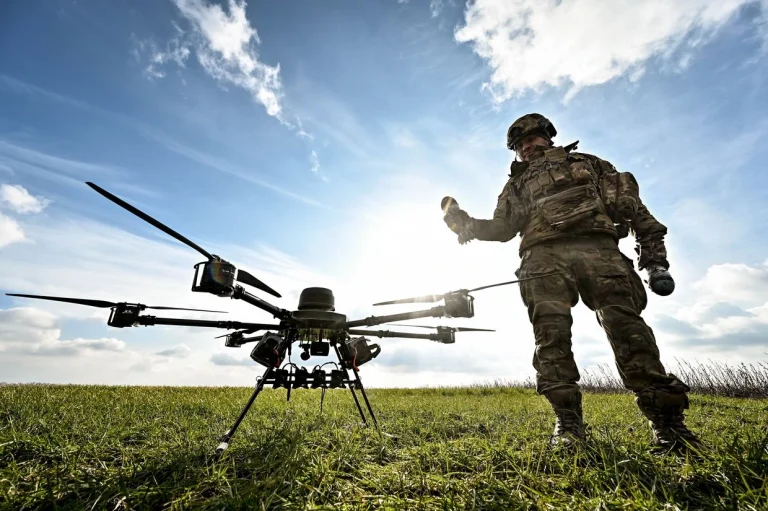Why Drones Are Straight-Up Changing Emergency Response
How Firefighting Tech’s Gotten Wild
Firefighting’s come a long way, fam. Back in the day, it was bucket brigades and prayers. Then came fire trucks, and now? Drones—aka UAVs—are stealing the show. These flying beasts are shaking up how firefighters roll, adding a whole new vibe to tackling blazes. Sure, old-school methods still slap, but drone application’s bringing some next-level sauce to emergency response.
What Sucks About Old-School Firefighting
Even with fancy gear, traditional firefighting’s got its headaches. Firefighters are out here risking it all in toxic smoke, sketchy buildings, or explosive zones. In big wildfires or factory fires, you can barely see squat, and getting in’s a nightmare. Plus, scooping real-time info from the ground? Slow as hell, which means more damage and slower saves.
Why Drones Are the New Firefighting MVPs
Drones are sliding in to fix this mess. With their zippy speed and ninja moves, UAVs can hit the scene quick, scope it out, and drop crucial Intel for the crew. This fast-as-hell deployment lets teams make big calls without wasting time. Plus, drones can roll into spots too dicey for humans, keeping firefighters out of the danger zone.
Big Wins for Drone Application in Firefighting
Seeing Everything with Real-Time Data
Knowing what’s popping is half the battle in firefighting. Drones with thermal cameras beam back live pics and vids, giving the command center a full-on sky view to make smarter moves. They can spot hot spots through thick smoke or in the dark, handing firefighters a serious edge.
Keeping Firefighters Safer with Remote Vibes
Drones let you peep the scene without stepping into hell. By handling surveillance and checks, they cut down on firefighters getting too close to toxic vibes or crumbling structures. UAV tech sidesteps the weak spots of old-school rescues, keeping the crew safe in wild weather or sketchy industrial zones.
Speeding Up Search and Rescue
When folks are missing or trapped in fires or disasters, drones are straight-up lifesavers. They zoom over huge areas fast, sending back crystal-clear visuals to the bosses. UAVs can keep eyes on the ground for ages, helping rescues in spots humans can’t even touch without breaking the bank.
Cutting Response Time and Boosting Efficiency
In emergencies, every second’s gold. Drones skip the hassle of dodging debris or blocked roads, flying straight to the action. This speed slashes recon time, making rescues smoother and faster. Drone application in firefighting’s a total game-changer for efficiency.
Why High-Power Batteries Are Clutch for Drones
How Batteries Keep Drones in the Sky
Battery life’s the heart of drone application in firefighting. Longer flight time means more time scoping out the scene without pit stops. Shengya Electronics drops battery packs with high energy density—270wh/kg to 340wh/kg—that keep drones buzzing longer. Their batteries always pack more juice than the label says, outlasting basic packs.
Solid-State Lithium-Ion: The Battery Boss
Solid-state lithium-ion batteries are next-level. They’re safer, last longer (800 cycles at 0.5C/0.5C, 100% DOD), and some can even take a stab without sparking or blowing up. That’s perfect for high-risk fire zones where you can’t afford a battery flop.
Custom Batteries for All Kinds of Fires
Fires ain’t one-size-fits-all—city blazes, forest infernos, or factory disasters all need different setups. Shengya’s got you with customizable batteries—tweak the combo, plug type, logo, whatever. This makes sure your drone’s ready to roll, no matter the mission.
Where Drones Shine in Firefighting
Urban Fires: Zipping Through City Chaos
In tight city spots with narrow alleys or skyscrapers, drones can swoop in and blast fires with extinguishing gear or flame-spraying systems. They dodge traffic and blocked paths, giving firefighters a sky-high advantage in tough spots.
Wildfires: Watching Massive Forests
Wildfires are a beast, spreading across huge areas. Drones keep tabs on ‘em, spotting risks early for quick warnings and responses. Long-endurance drones with packs like Shengya’s SY-14S-51.1V-31Ah (5.37kg, 295wh/kg) are built for these marathon missions.
Industrial Fires: Handling Toxic Nightmares
Factory fires are sketchy with chemicals or explosives in the mix. Drones let you check things out from afar, keeping humans safe while figuring out how to lock down the chaos. UAVs are clutch for these high-stakes gigs.
What’s Next for Drone Application in Emergency Response
AI Making Firefighting Smarter
AI’s about to be a firefighting rockstar. It’ll chew through drone footage to predict how fires move or spot weak structures, helping bosses plan faster during crunch time.
Hooking Up with IoT and Command Centers
Future drones will vibe with IoT sensors in smart cities or forests, auto-launching when they catch weird stuff like temp spikes or gas leaks. This’ll make responses slicker and more on-point.
Battery Tech Leveling Up
As drones get beefier, their batteries gotta keep up. Shengya’s high-voltage 4.35V series (20Ah, 25Ah, 27Ah, 30Ah) are ready for heavy payloads like fire-fighting gear or pro cameras, keeping drones in the game longer.
Frequently Asked Questions (FAQs)
- What’s dope about drones in city firefighting?
They give you a sky view to zip through tight streets or skyscrapers, dodging traffic and blocked roads. - How do drones help with wildfires?
They scope out huge forests, tracking fire spread with thermal cams for quick, efficient monitoring. - Are drone batteries safe around fires?
Yup—some can get stabbed and not catch fire, perfect for sketchy fire zones. - Can I customize drone battery setups?
Bet—Taixing Shengya Electronic Technology Co., Ltd’s Customization Service lets you tweak configs for your exact mission. - Why are solid-state lithium-ion batteries clutch for emergency drones?
They last long (up to 800 cycles), pack mad energy (340wh/kg), and stay safe in wild conditions.
Wanna see how dope battery tech’s changing drone application for emergencies? Hit up Taixing Shengya Electronic Technology Co., Ltd—since 2017, they’ve been your plug for safe, high-power lithium-ion packs built for firefighting UAVs.










